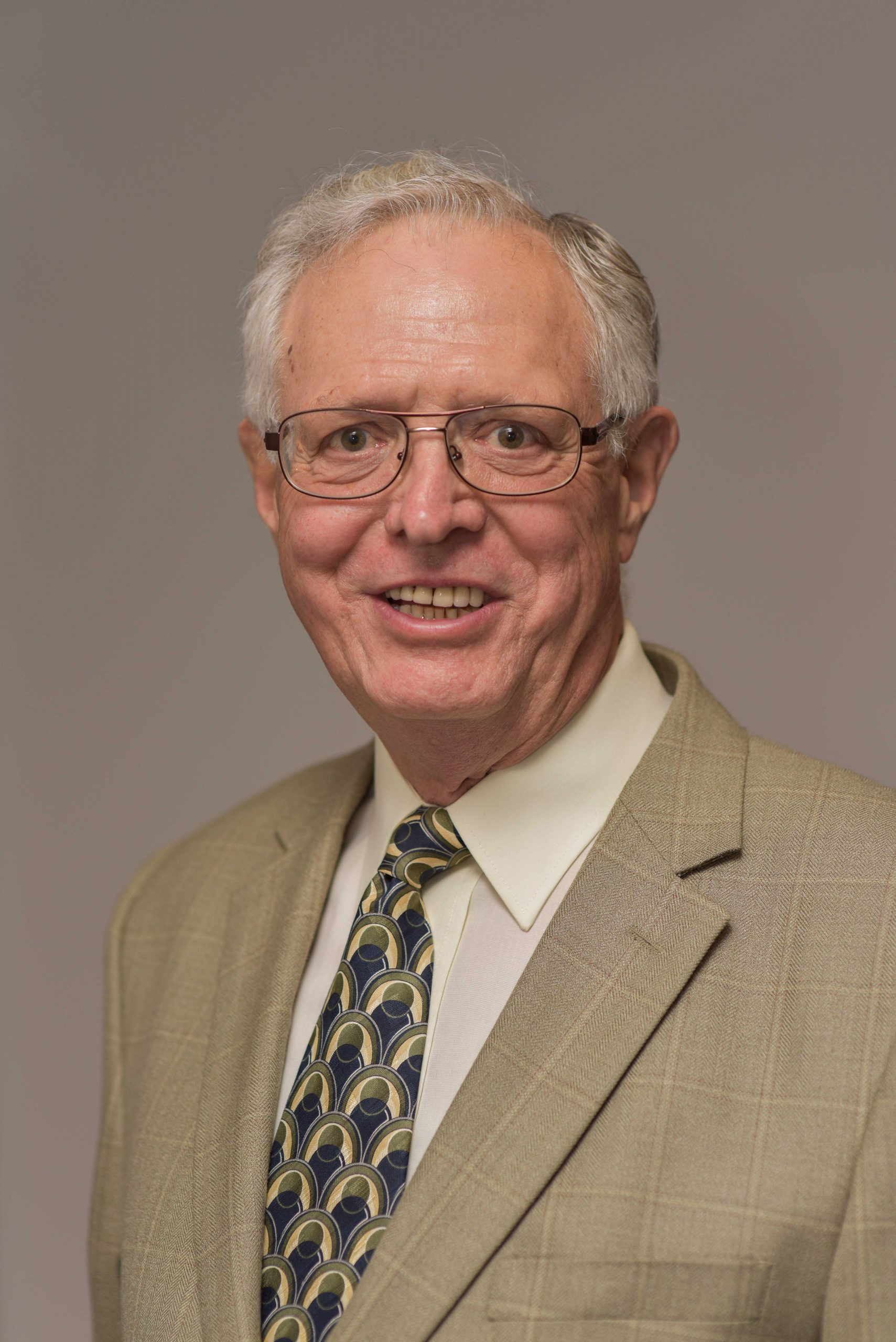ALBUQUERQUE, N.M. — When Bill Camp learned by phone that he had won the IEEE’s top-of-the-line Seymour Cray Computer Engineering Award, the Sandia National Laboratories emeritus director said that compared with the giants who had won the award in previous years, he felt “like the kid who had snuck into the movie theater.”

However, no one else does.
“This is the top career award in high-performance computing architecture. I’m delighted Bill is receiving this recognition, which is richly deserved,” said Rob Leland, Sandia Science and Technology vice president.
Bruce Hendrickson, director of the Center for Computing Research, added, “This is one of the IEEE’s most prestigious awards, and is largely based upon Bill’s leadership in the development of Red Storm.”
The Red Storm supercomputer — specifically cited in the IEEE announcement as a crowning achievement of Camp’s “visionary leadership” — saved the bacon of the then-foundering Cray, Inc., according to its current president and chief executive officer Pete Ungaro.
“Without Red Storm, I wouldn’t be here in front of you today,” Ungaro told a Sandia audience in 2012. After operating as the Labs’ workhorse from 2007 to 2011, the machine went on to serve as intellectual stud to successive generations of the best-selling Cray XT supercomputer line, he says.
“Red Storm is arguably the most successful general-purpose supercomputer in high-end computing,” said Camp, who won support for the vision of the machine first proposed by himself and Jim Tomkins, who provided much of the detailed design work. “Red Storm is over, but its influence is not.”
But there’s much more.
Camp joined Sandia in 1970. Seasoned by interactions with highly creative researchers there, in 1990 Camp led development of Sandia’s Massively Parallel Computing Research Lab, which pioneered using many processors working in concert to solve large problems in science and engineering. In its first five years, the computer lab won the inaugural Gordon Bell Prize, several international awards, and eight R&D100 Awards — all for pioneering highly scalable applications, algorithms and methods, as well as scalable systems software and hardware. The researchers working in the computer lab received more than 30 patents in massively parallel processing. Their achievements included standing up Sandia’s Paragon, the first massively parallel supercomputer to lead the world’s bi-annual Top 500 list in computational speed.
Later, as director of the Department of Energy’s (DOE) and National Nuclear Security Administration’s Accelerated Strategic Computing Initiative, Camp led development of the world’s first teraflop computer, ASCI Red, which led the Top 500 list for an unprecedented three-and-one-half years.
Camp’s work frequently demonstrated computation to be a major pillar of science and engineering. He co-founded Sandia’s programs in cognitive science and biotechnology. He and several Sandia teams provided computational expertise to Celera Genomics in their successful sequencing of the human genome, and they developed the family of light-weight kernel operating systems — SUNMOS, Cougar, Puma, Catamount, and Kitten — that foreshadowed high-end industrial operating systems. They also created the world’s first Linux cluster-based supercomputer, and produced the first tera-scale cluster-based supercomputing environment in CPlant.
He has published more than 60 journal articles in physics, materials science, engineering and computing and made keynote presentations at international conferences. Camp is a Fellow of the American Physical Society, a member of IEEE, and was co-founder and second chairman of the International Union of Pure and Applied Physics’ International Commission on Computational Physics. He has served on the editorial boards of several journals and is on the editorial board of Concurrency, a software journal. He holds a doctorate from Cornell in theoretical and computational physics.
Though retiring from Sandia in 2006, he currently serves as a consultant at Sandia and other national and commercial labs. Camp’s recent research includes quantum annealing and Ising spin-glass systems as a type of quantum computer, optical interconnects for router-less supercomputing, technical approaches for neuromorphic computing and intelligent stacked memories for processor-in-memory architectures.
Camp also consults on post-exascale supercomputing ideas beyond CMOS low-power architectures. CMOS, the acronym for complementary metal-oxide semiconductor, is the technology used in transistors manufactured into most of today’s computer microchips. Exascale requires a degree of computational speed that DOE laboratories and others are only beginning to attempt.
Asked how he keeps up with so many projects, he quipped, “I think as well as ever. Just more slowly.”
It’s just not obvious.
The Seymour Cray prize, widely regarded in the computer engineering community as the IEEE’s top award, consists of a crystal memento, an illuminated certificate and a significant honorarium, which will be presented to Camp at the SC2016 convention on in Salt Lake City, Utah, on Nov. 15. On Nov. 16 he is scheduled to present an invited talk there.
Seymour Cray enjoyed near-mythical stature for his brilliant innovations that kept his company’s supercomputers the fastest in the world for more than a decade. He died in a car wreck in 1997. The memorial award recognizes design, engineering and intellectual leadership in creating innovative and successful HPC systems.